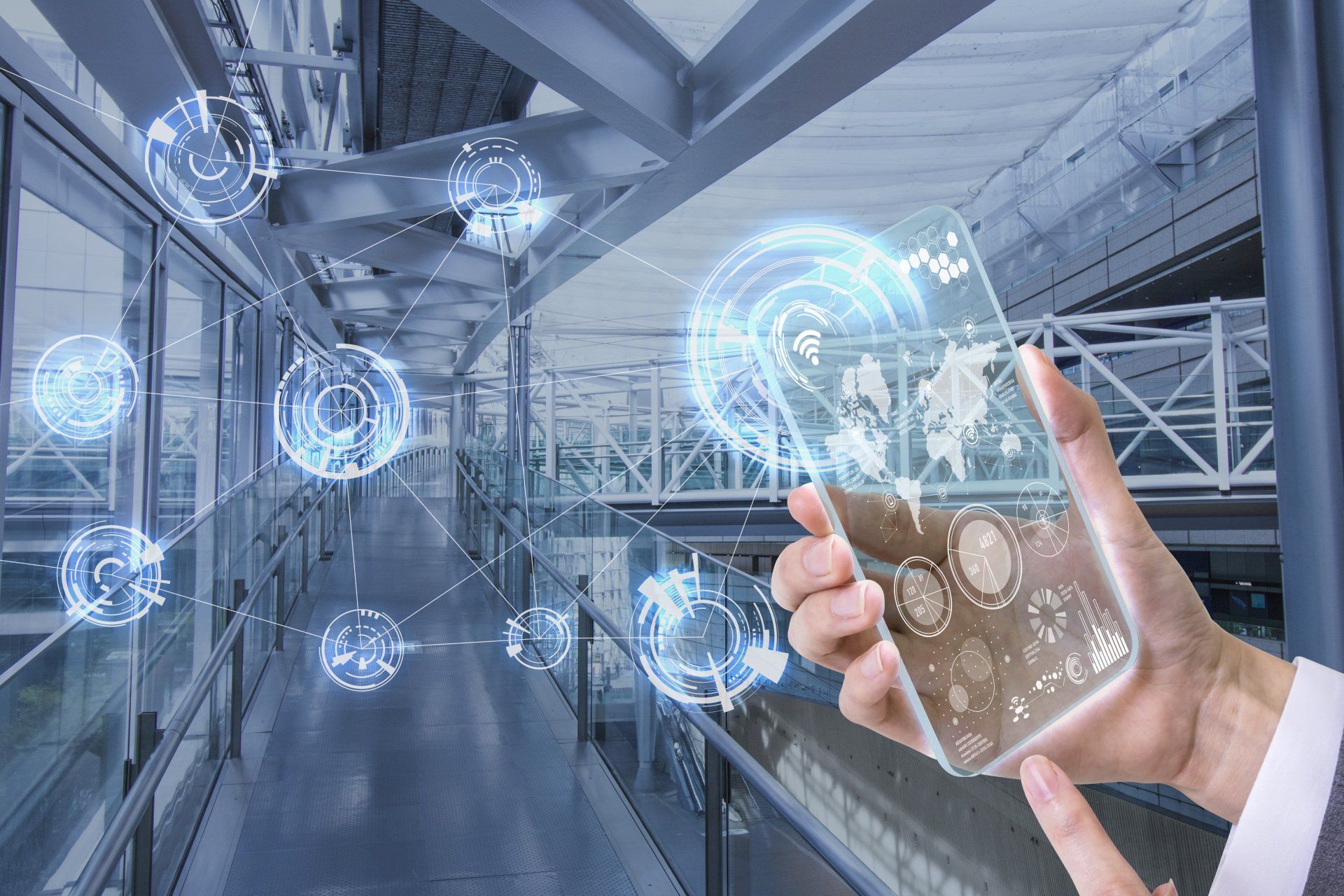What is the Smart Buildings and Property Technology Sector?
The Smart Buildings and Property Technology Sector: A Comprehensive Overview

The smart buildings and property technology sector has seen significant growth in recent years, driven by advances in technology, the need for sustainable and efficient buildings, and the increasing demand for intelligent and connected environments. From smart cities to digital twins, cybersecurity to user experience, this article will provide a comprehensive overview of the sector, including technical details and insights into how it is transforming the way we live and work.
Smart Cities:
Smart cities are an integral part of the smart buildings and property technology sector. They are designed to improve the quality of life for citizens and the efficiency of urban systems through the use of technology. This includes the implementation of intelligent transportation systems, energy-efficient buildings, and connected public spaces.
One key technology in smart cities is the Internet of Things (IoT). IoT devices and sensors collect and analyse data from various sources, including buildings, vehicles, and public spaces, to provide insights and improve decision-making. For example, IoT sensors can be used to monitor traffic flow and optimize transportation routes, reducing congestion and improving air quality.
Another important aspect of smart cities is energy management. Energy-efficient buildings are a critical component of sustainable cities, and technologies such as building management systems (BMS) and lighting controls play a crucial role. BMS systems can monitor and control a building's heating, ventilation, and air conditioning (HVAC) systems, as well as lighting and other systems, to optimize energy usage and reduce costs.
Digital Twins:
Digital twins are virtual representations of physical assets, such as buildings, that are created through the use of data and analytics. They provide a way to simulate and test different scenarios, predict performance, and optimize operations. Digital twins are becoming increasingly important in the smart buildings and property technology sector, as they enable building owners and operators to make more informed decisions and improve efficiency.
One area where digital twins are particularly useful is in building maintenance. By creating a digital twin of a building, owners and operators can monitor the performance of various systems, detect faults and potential failures, and plan maintenance activities more effectively. This can help to reduce downtime, increase asset lifespan, and improve occupant comfort.
Cybersecurity:
With the increasing use of technology in buildings and cities, cybersecurity is a critical concern. Smart buildings and property technology systems are vulnerable to cyberattacks, which can result in loss of data, damage to equipment, and disruption to services.
To mitigate these risks, cybersecurity measures must be implemented at all levels, from the design of systems to ongoing monitoring and management. This includes the use of encryption, firewalls, and access controls, as well as regular testing and updates to software and hardware.
Building Management Systems (BMS):
Building management systems (BMS), also known as BEMS or BAS, are computer-based control systems that are used to monitor and manage a building's mechanical and electrical systems. BMS systems can be used to control HVAC systems, lighting, security, and other building systems, and can help to optimize energy usage, improve occupant comfort, and reduce operating costs.
BMS systems typically consist of a central computer or controller, sensors and actuators, and a user interface. The central controller receives data from sensors and makes decisions based on predefined rules or algorithms. The user interface allows building operators to monitor and control various systems, set parameters, and view data.
Lighting Controls:
Lighting controls are an essential component of building management systems. They enable building operators to control the amount of light in a space, adjust lighting levels based on occupancy and natural light, and optimize energy usage. Lighting controls can include sensors, timers, and dimming controls, as well as automated systems that adjust lighting levels based on occupancy and daylight.
Proptech:
Proptech, or property technology, refers to the use of technology to improve the real estate industry. It covers a wide range of solutions, from property management and leasing to investment and financing. Proptech has transformed the industry in recent years, making it more efficient, transparent, and accessible.
One of the most significant developments in Proptech has been the use of big data and artificial intelligence (AI) to improve decision-making. For example, AI algorithms can analyse large amounts of data to identify trends and patterns that would be impossible for humans to detect. This data can be used to optimize property values, identify profitable investment opportunities, and improve tenant experiences.
Another area where Proptech has made a significant impact is in property management. Cloud-based property management software has made it easier for landlords to manage their properties, track rent payments, and communicate with tenants. Similarly, tenant apps have made it easier for renters to find and lease properties, pay rent, and submit maintenance requests.
Indoor Positioning Systems:
Indoor positioning systems (IPS) are used to track the location of people and objects within buildings. IPS can use a variety of technologies, including Wi-Fi, Bluetooth, and RFID, to determine location. IPS has a wide range of applications, from wayfinding and asset tracking to security and marketing.
One of the most significant benefits of IPS is its ability to improve safety and security in buildings. By tracking the location of people and assets, security teams can respond more quickly to emergencies and identify potential security threats.
IPS can also be used to improve wayfinding in buildings. By providing users with real-time location information and directions, IPS can make it easier for people to navigate complex buildings, such as hospitals and shopping malls.
Smart Homes:
Many high-end residences are fitted with systems more akin to commercial automation solutions, but nowadays, practically any home, can, to some degree, become a Smart Home.
Smart homes are designed to automate and control various aspects of a residence, such as lighting, heating, and security, using internet-connected devices. Although smart home technology has been around for a while, recent advancements in AI and the Internet of Things (IoT) have made it more accessible and user-friendly.
The benefits of smart homes are many, including the ability to increase energy efficiency by automating lighting, heating, and other systems, which reduces energy waste and lowers utility bills. In addition, smart homes can enhance home security by enabling homeowners to remotely access security cameras and alarm systems.
Moreover, smart homes can improve the user experience by creating a more personalized and intuitive living environment. Smart home systems can learn users' preferences and adjust lighting, temperature, and other settings automatically.
Smart homes can be conveniently controlled remotely through smartphones or voice-activated personal assistants, such as Amazon's Alexa or Google Assistant. Smart homes, especially where fitted with power generation and storage facilities, can also integrate with smart grids, allowing homeowners to manage their energy usage and reduce energy bills.
Security Systems:
Security systems are used to protect buildings and people from threats such as burglary, vandalism, and violence. Security systems can include access control systems, CCTV cameras, alarm systems, and security personnel. Advances in technology have made security systems more effective and efficient than ever before.
One of the most significant developments in security systems has been the use of AI and machine learning to improve threat detection. AI algorithms can analyse video footage and identify potential security threats, such as suspicious behaviour or unattended bags. This information can then be used to alert security personnel or trigger alarm systems.
Security systems can also be integrated with other building systems, such as lighting and HVAC, to improve building performance and energy efficiency. For example, security cameras can be used to detect occupancy and adjust lighting and temperature settings accordingly.
Energy Management Systems:
Energy management systems (EMS) are intelligent software systems that optimize energy usage in buildings. These systems collect data from various sources such as smart meters, sensors, and building management systems to analyse and optimize energy consumption. An EMS can automatically adjust lighting, heating, ventilation, and air conditioning (HVAC) systems to reduce energy consumption during off-hours and peak demand periods. This not only saves energy but also reduces costs and helps to lower the carbon footprint of buildings.
User Experience:
Smart buildings are designed to provide occupants with a seamless and comfortable experience. Smart building systems aim to make buildings more responsive to the needs of occupants. User experience (UX) plays an important role in ensuring that the technology within smart buildings is accessible and easy to use. UX design considers the needs of building occupants and how they interact with the building and its systems. This includes the design of interfaces for controlling lighting, HVAC, and security systems, as well as providing real-time feedback on energy usage and building performance.
The smart buildings and property technology sector is a rapidly growing industry that is transforming the way buildings are designed, constructed, and operated. The integration of digital technologies such as IoT, BMS, and cybersecurity systems into building design is enabling the creation of smart buildings that are more energy-efficient, sustainable, and provide better user experiences. The potential benefits of smart buildings are immense, including reducing energy consumption and costs, improving occupant comfort and productivity, and mitigating the impact of buildings on the environment.
As the demand for smart buildings continues to grow, we can expect to see more innovative solutions and advancements in the field of property technology.











